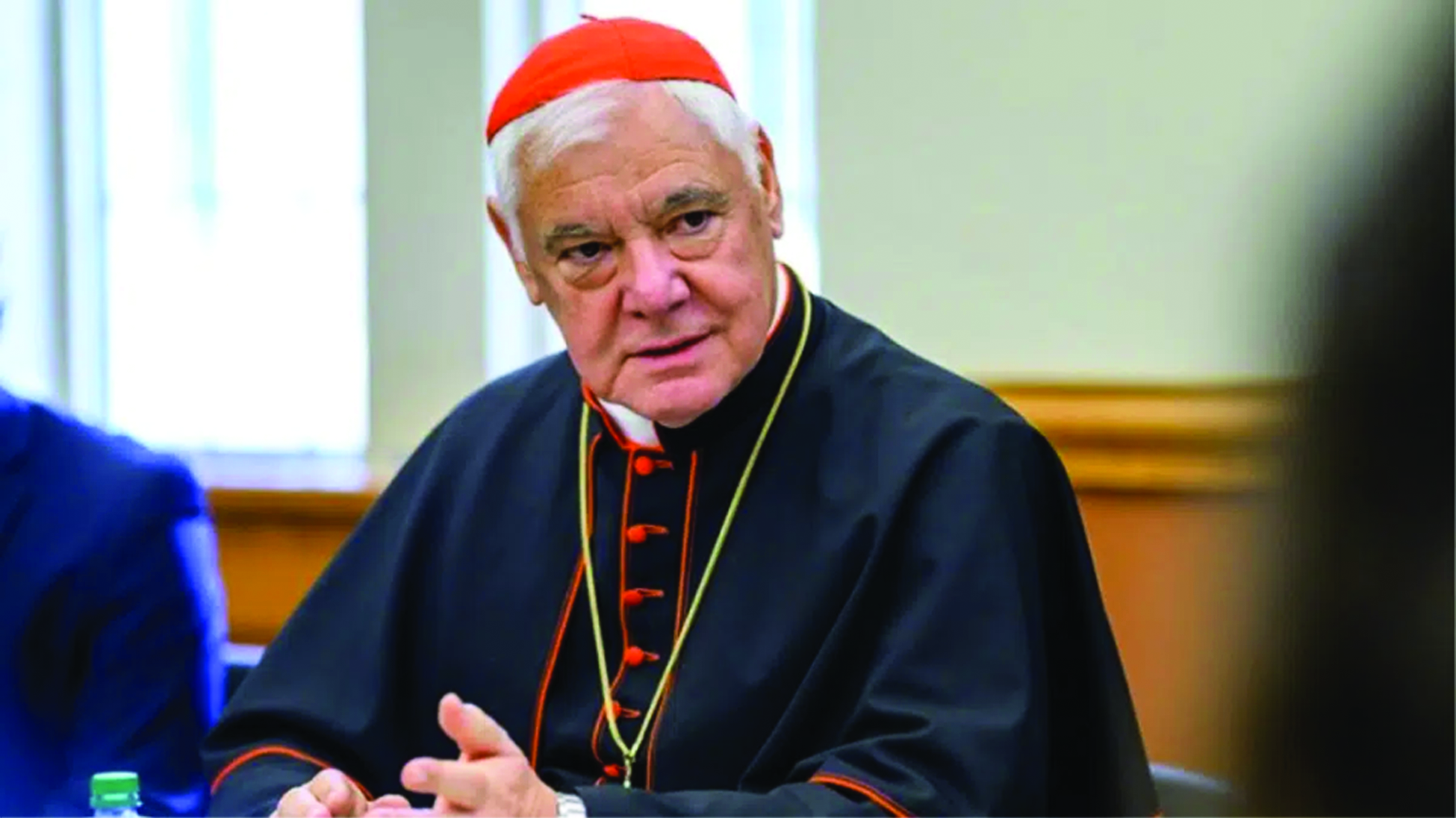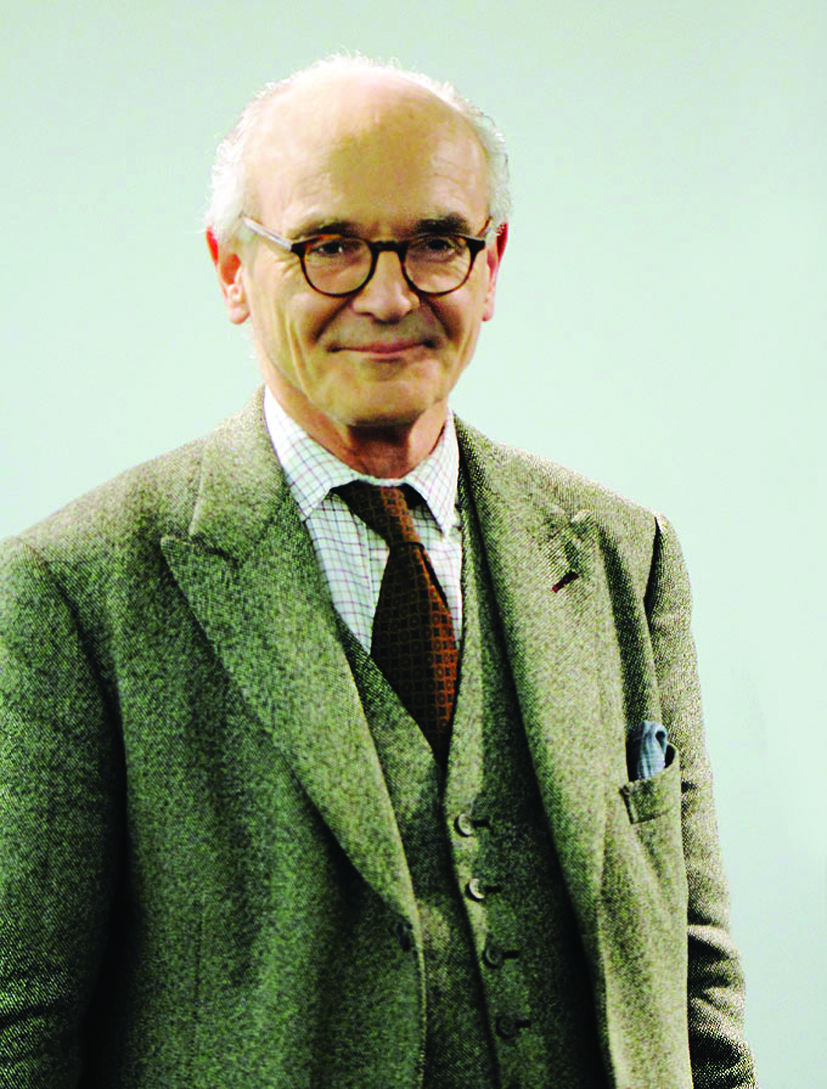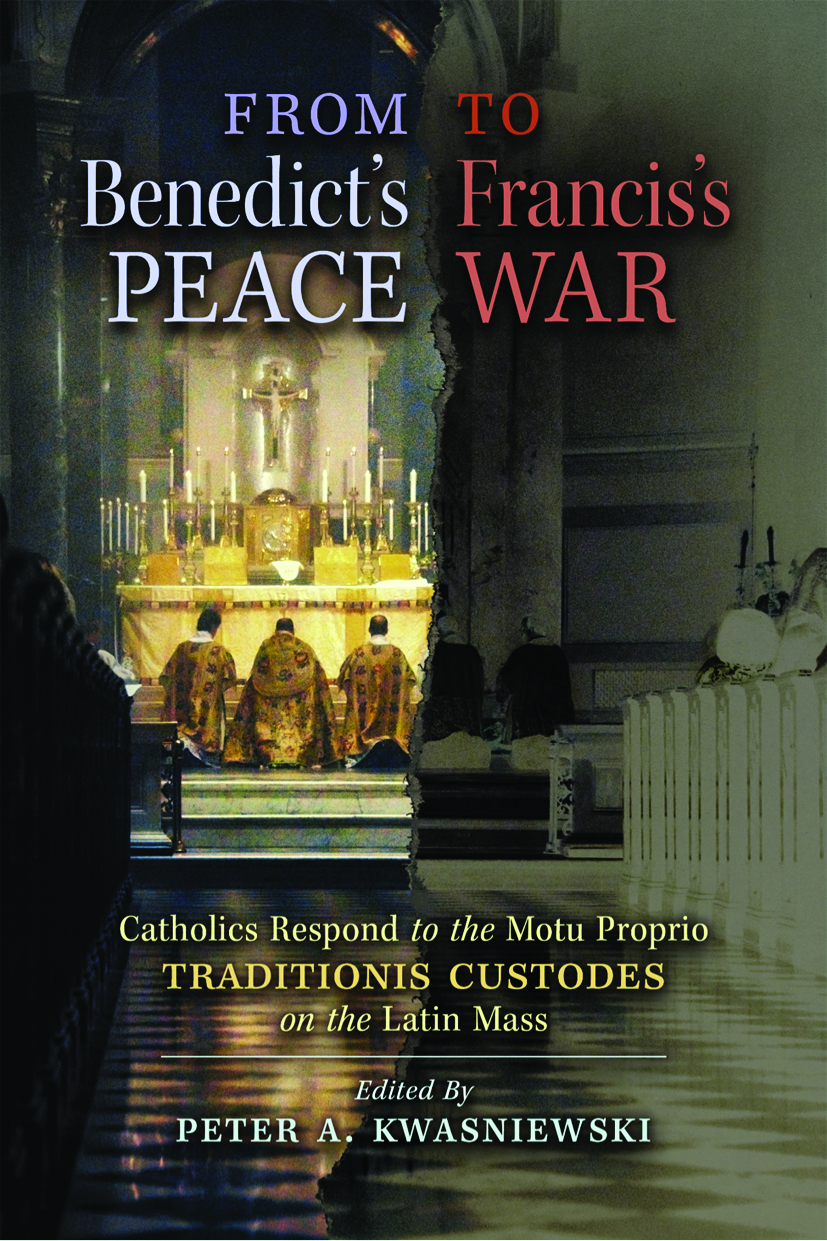From 1980 to 1995, Cardinal Paul Josef Cordes was vice president of the Pontifical Council for the Laity. For the German cardinal, it was a chance to get in touch with new movements: “I slowly discovered these new groups. I have seen their strength and zeal, I have seen how they were bound to the Lord and how they drew other people to the Church and to faith,” he says in a conversation with Inside the Vatican. Cardinal Cordes also wrote a book about these new realities: Benedict XVI Inspires New Movements and Ecclesial Communities, which was published in 2010 by Libreria Editrice Vaticana, and contains a letter by Pope Benedict XVI. The Pope had written another letter to Cardinal Cordes the year before, on the occasion of the latter’s 75th birthday: “You recognized the pentecostal character of these movements and you worked passionately so that they would be welcomed by the Church’s pastors. You saw that here were men who were deeply touched by the spirit of God and that in such a way there grew new forms of authentic Christian life and authentic ways of being Church. (…). It is no longer possible to think of the life of the Church of our time without including these gifts of God within it.”
Would you tell us about your experiences and the first steps of these new entities inside the Church?
Cardinal Paul Josef Cordes: These groups were not very welcome inside the ecclesial structure; they had some trouble in the dioceses. But, slowly, as I had this role in the Pontifical Council, by dialoguing with them, I helped them to “find their place” in the Church. In particular, after some years, Pope John Paul II appointed me to take care of the Charismatic Renewal, in order to give it an orientation. Later, he also gave me the task of “taking care of and leading” the Neocatechumenal Iter. As I read those words I smile… taking care of them is very hard, but leading is completely impossible! The prophetic elements in the movements are not to be led; instead it is necessary to run and keep up with them. I am very grateful for having learned a lot from these experiences.
What were the essential steps?
Cordes: The first great event was the International Jubilee for the Young in 1984, on the occasion of the Extraordinary Jubilee of Redemption, the Holy Year of 1983-1984. It is important to say that the idea was not conceived by John Paul II, but by youngsters themselves, who had started meeting up around the St. Lawrence Center, a little church close to the Vatican. Specifically, Fr. Massimo Camisasca, at that time representing Communion and Liberation, had the idea. And the Pope immediately accepted it. Organization was not so easy. Some bishops didn’t approve of Rome organizing “its” young people. There was also opposition from the city — namely the ecolocal associations and the press —which feared a new Woodstock. So the mayor withdrew the already-signed permission for the staging of a camp in the park of the Pineta Sacchetti. But the Youth Day was a real success, and it was also the occasion for the movements to show their strength: they have connections throughout the world, so they moved their members, and at the end there were more than 300,000 people.
Then there was the synod of bishops on the laity, in 1987…
Cordes: It was a great event that clarified the ecclesiological thought. There was a strong current of opposition to the movements: some important bishops and cardinals spoke against them, but others defended the need of the Church to be renewed through these groups. These thought in the spirit of the Second Vatican Council, which affirmed the missionary nature of the Church and the mission that every baptized person has to announce the Gospel. This is the basic idea of the new movements. Later on, the movements became a little “in style”… nowadays there are approximately 50/60 recognized movements, and more have requested approval.
So, are the obstacles overcome?
Cordes: Some problems always remain. These realities are not always welcomed in the local Churches. A movement—as ever—brings something new, asks for something to change, and this always annoys somebody, because in the practice of faith we are always bound to our story… If somebody says: “Pay attention to this new element,” the answer is usually: “Wasn’t it enough? I’m already a Christian, I don’t need anything new.” We need the eyes of faith to see the good that movements bring, that they annoy in a positive way. Actually, they have to annoy: it is necessary to change in order to renew; that is why they are a prompt for renewal.
These entities are often seen as alternatives or even in competition with ordinary structures like the parishes…
Cordes: The movements need to have a sort of “niche” for their own life; this is very important. Parishes and bishops often complain that “they don’t behave like all the others.” But if they acted like “all the others” they wouldn’t bring anything new… So they have to grow their charisma and their specificity, without leaving the Church, obviously. They don’t have to identify themselves with the ordinary pastoral activities; they have to be different, provoke “tensions”: without this they would be like “all the others.” This doesn’t mean that “the others” are bad… maybe their activities are not so different from the ordinary pastoral activities, but the movements have an important ingredient that needs to be endured: they discovered something new, and from this originate their commitment and zeal. And at the end will come the hour of truth, the moment to show how have they have grown in faith and how they put it at service of the whole community. That is the test.
The newness of the movements can be compared to early monasticism or to mendicant orders…
Cordes: Every founder wanted to cut off from a certain way of Christianity which was running the risk of losing the “core”: God’s love and eternal life. It was so for Anthony, who ran away from Egypt, which at that time was rich in goods and science, to reject corruption. It was the same for Benedict, who left Rome, and for Francis and Dominic, for Ignatius… These men of God say: “It cannot go on this way,” and they begin something new, go out led by the Spirit, as Jesus was led into the desert; then they come back and look for companions, and a new impulse rises in this way. For the Church, two effects derived from mendicant orders. First of all they opened the Church’s doors to the poor who risked falling into heresies. Saint Francis opened the way to the poor, and the new Pope wants to follow the same path. Secondly, these orders were protected by the Pope against the local Churches that didn’t want them. This is the way that God wanted to increase the power of the Pope. In fact, these groups, so much alive, touched peoples’ hearts, and the structures of the local Church lost importance. This is how God made use of these new realities.
What does “renewal” mean?
Cordes: It is something that touches people’s hearts. It means conversion, not the changing of structures. Renewal can’t be organized. It comes from the announcement of the Word of God, from being touched by His Word and so changing life, not the appearances. It is the opposite of “modernization” that changes only the appearance of a group; the renewal comes from the Word of God which has become significant in the heart of men and realizes the new evangelization.
Cardinal Ratzinger used the expression “childhood diseases” to describe the stormy beginnings of these new realities. What is the state of their health nowadays?
Cordes: People who discover a movement and take part in it, at the beginning always show great zeal and sometimes a sort of fierceness. This kind of “childhood disease” slowly disappears in the individual. But looking at the pastoral behavior of the leaders, the perspective of their works, we can easily notice that they are very balanced and “healthy.” A lot of movements have had their statutes recognized by the Church, so we could say that possible diseases are healed.






Facebook Comments